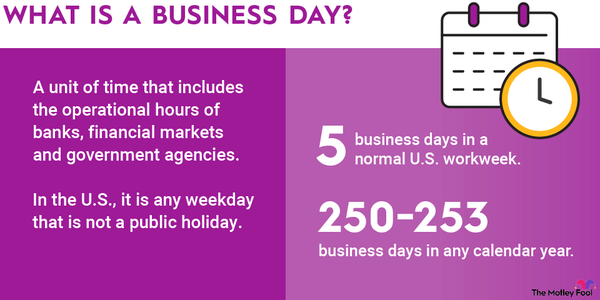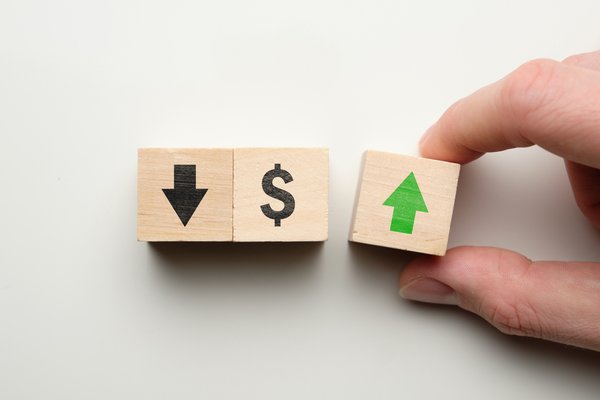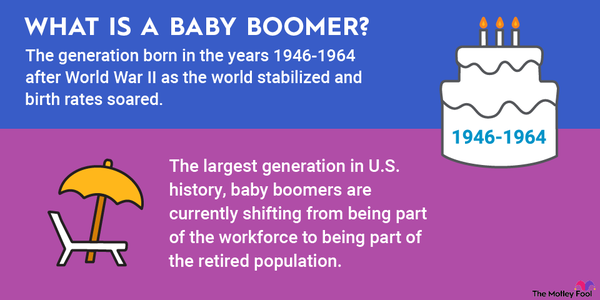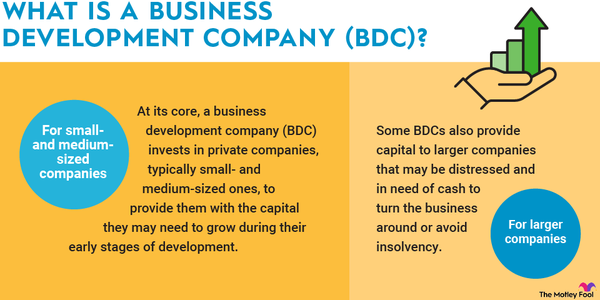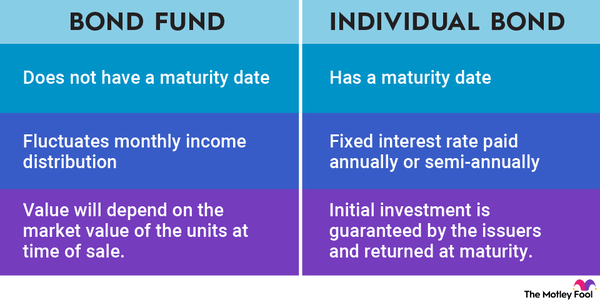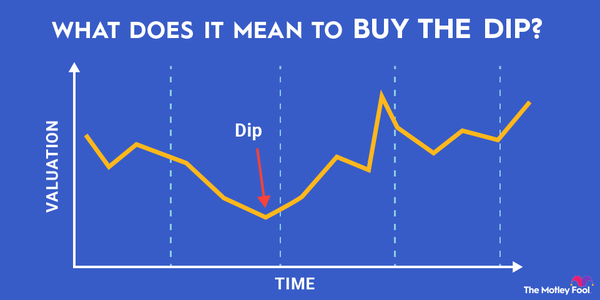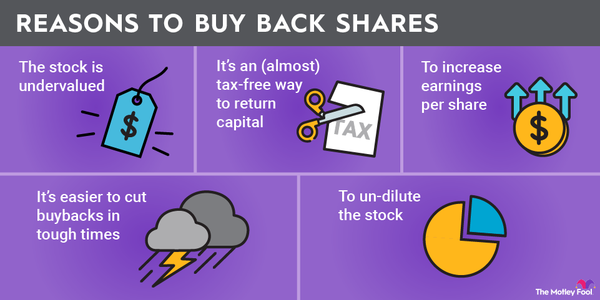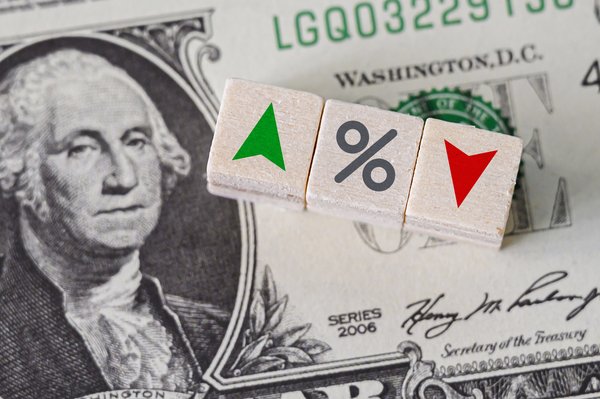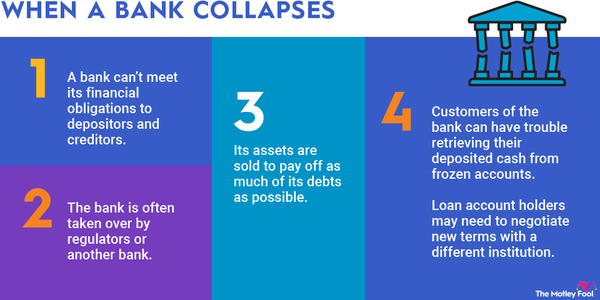Buying in thirds is a strategy to begin an investment position. Instead of purchasing the entire desired allocation to a stock at once, an investor will split their investment into three roughly equal purchases. This approach helps investors avoid a situation where they buy a stock, and it immediately declines in price.

What does buying in thirds mean?
What does buying in thirds mean?
Investors can approach buying stock in several ways. They can purchase their entire allocation in one trade or slowly build a position through dollar-cost averaging. Buying in thirds is another approach to starting a new position.
Buying in thirds means an investor splits their desired stock allocation into three separate and roughly equal purchases. They make those subsequent investments in the future, usually at a set time, like over a three-week period.
How to buy in thirds
How to buy in thirds
Buying in thirds is a straightforward approach. An investor needs to determine their desired allocation to a position and the period of time they plan to complete their trade.
For example, an investor wants to allocate $1,000 to a new position, buying a one-third allocation every week for three weeks. They invest the first third ($333.33) right away, invest the next third ($333.33) a week later, and buy their final third ($333.33) the week after that.
They will end up with the same desired allocation in a stock ($1,000). However, they could obtain a better overall price if the shares declined during the purchase timeframe.
Why do investors buy in thirds?
Why do investors buy in thirds?
Stocks can be volatile. That makes it difficult for investors to time an investment. They could buy a stock, which might decline sharply the next day on unsettling economic news or reports that a competitor has developed a better product.
Buying in thirds enables investors to ease into a position instead of buying an entire allocation all at once. It gives them the confidence to start a new position in a stock without worrying about trying to time the purchase.
Related investing topics
An example of buying in thirds
An example of buying in thirds
An investor desires to invest in Apple (AAPL -1.12%) stock. They want to allocate about $5,000 into shares of the technology giant because they believe it can continue outperforming the market over the long term.
They’re a little concerned about short-term volatility. They’ve noticed that shares have rallied quite a bit already this year. Meanwhile, the company reports earnings in a few weeks. Instead of waiting on the sidelines to see if shares decline, they decide to buy in thirds. They plan to spread their purchases over the next three months.
They immediately buy their first third, investing roughly $1,665 to buy nine shares at around $185 apiece. They wait a month to make their second purchase. Shares had declined to $165, allowing them to buy 10 shares with their next third ($1,650). They wait another month to buy their remaining third. Shares rebounded to $170, enabling them to buy another 10 shares for $1,700. That brought their total investment to 29 shares for $5,015. That gives them an average purchase price of $172.93. For comparison, if they had bought all at once, they would have only been able to buy 27 shares at an average price of $185 ($4,995 total investment).













